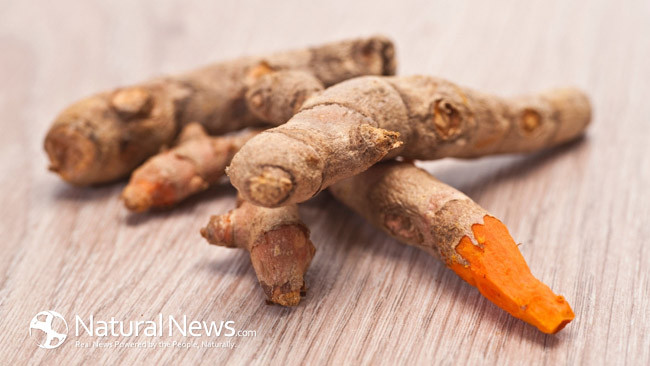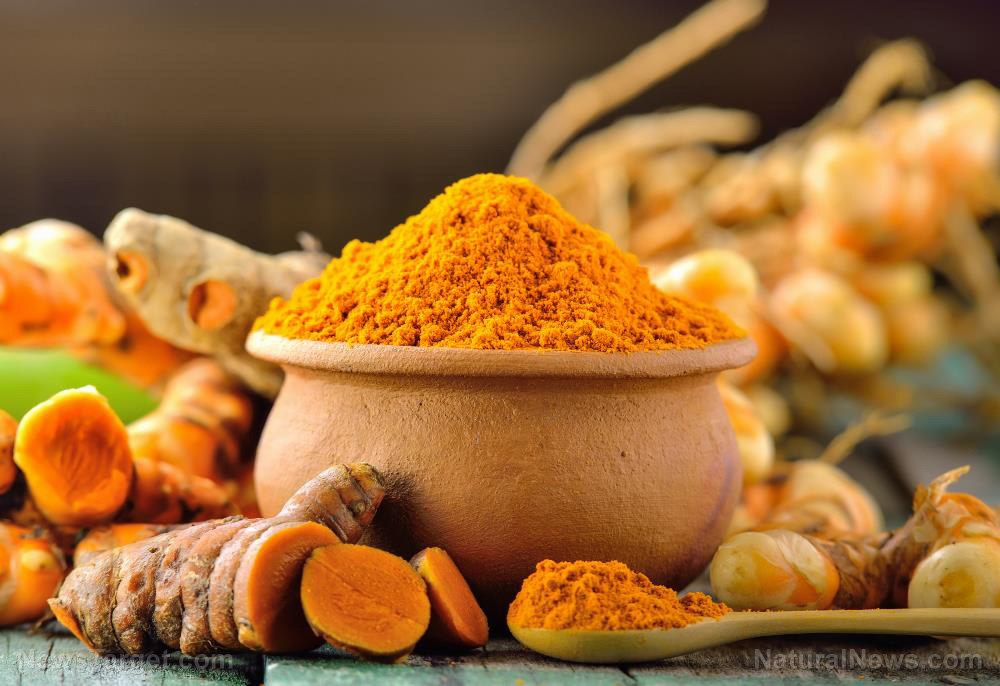Are your spices safe to eat? Research finds high lead levels in spices bought from China, India and other countries
02/20/2019 / By Lance D Johanson

The New York City Department of Health and Mental Hygiene investigates cases of lead poisoning. Between 2008 and 2017, the department surveyed local stores and tested over 3,000 consumer product samples for lead levels. Nearly 40 percent of the products they tested were spices and flowers such as turmeric, chili pepper, and nutmeg. The test results found high levels of lead in 30 percent of the spice samples, mostly from spices acquired outside the United States. This is a consumer health warning.
In the U.S. there are more than 2,000 adults and 5,000 children who have elevated blood lead levels, according to the reference level of 5 ?g/dL set by the Centers for Disease Control (CDC). Despite great efforts to eliminate lead exposure from automobile fuel, paints, and water pipes, this heavy metal is still a threat to public health, especially for pregnant women, the fetus, and children, who can quickly become cognitively impaired during crucial developmental stages. For children, even the slightest lead exposure can cause behavior and learning problems, lower IQ and hyperactivity, slowed growth, hearing problems, and anemia. For adults, lead can increase their risk for hypertension, peripheral neuropathy, renal dysfunction, and reproductive health issues. There is no safe level of lead exposure.
Consumer health warning: Imported spices may contain up to 50ppm of lead
During the New York City investigations, 1,496 samples of more than fifty different spices were tested. The spice samples were obtained from forty-one different countries. Some were grown domestically. These turned out to be the cleanest. Overall, lead was detected in 50 percent of the samples. In 30 percent of the samples, lead levels surpassed 2ppm — the allowable limit for lead in certain food additives.
The average lead content was higher for spices purchased outside the United States. The dirtiest samples came from Bangladesh, Pakistan, Georgia, Nepal, and Morocco. For example, domestically-grown turmeric and Georgian kharcho suneli tested within 2ppm for lead. The same spices, when imported from abroad, had average lead concentrations exceeding 50 ppm.
Many of the contaminated spices did not include a brand name or any other identifiable information. They were likely imported illegally. Legally imported foods pass through heavy metal screening, but this method doesn’t catch every contaminated item that comes into the country. The most contaminated spice was kviteli kvavili (yellow flower) obtained abroad from the republic of Georgia. Some of the most contaminated spices included turmeric, hot pepper, paprika, and chili powder. In the past, the U.S. FDA has warned about turmeric from India and Bangladesh.
Public health authorities agree that an intergovernmental effort is needed to regulate lead levels in spices, cosmetics, herbs, and supplements. Because most of these consumer goods are considered health products, stricter heavy metal testing and regulations are essential for ensuring that these products are a benefit to consumer health, not a hazard. Laura Shumow, executive director of the American Spice Trade Association (ASTA) believes that the FDA should set a limit of lead in spices and enforce the measure.
Domestically-grown herbs and spices are for the most part safe, but imports can be risky. “Consumers should feel confident in the quality of their spices if they are purchasing spices represented by major brands that are sold at reputable retailers,” Shumow says. “Major brands source spices from around the world and have appropriate systems in place to ensure the quality and safety of their product.”
For more news on heavy metal contamination, visit HeavyMetals.News.
Sources include:
Submit a correction >>
Tagged Under:
behavior disorders, brain damage, clean food, consumer health, developmental disorders, imported spices, ingredients, Lab Testing, Lead contamination, lead limits, lead regulations, lead testing, leaded spices, nutmeg, root spices, Spices, turmeric
This article may contain statements that reflect the opinion of the author
RECENT NEWS & ARTICLES
COPYRIGHT © 2017 TURMERIC NEWS





















